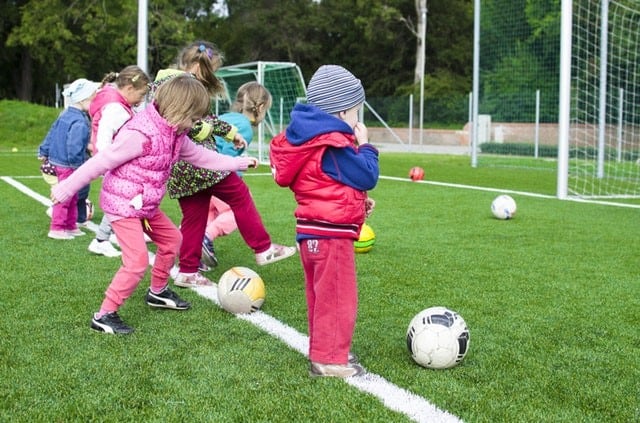
Are sedentary children less physically literate?
October 2, 2018
SBRN Newsletter – January 30, 2019
January 30, 2019In October of 2018, the Sedentary Behaviour Research Network disseminated a survey to determine member satisfaction, receive feedback on how to improve the SBRN website and membership communication, and explore initiatives for SBRN to focus on. Members provided helpful comments and results which are summarized below.
When asked their level of satisfaction with SBRN, 50% of members reported being very satisfied, while 30% of members reported being somewhat satisfied. To improve the level of satisfaction, nearly one third of members suggested more active communication in the form of a monthly newsletter or regular emails to update members on opportunities to collaborate, sedentary behaviours related conferences, and ways to get involved in projects. An increase in network collaboration was also mentioned, suggesting SBRN offer a way for local researchers to connect.
On June 10, 2017, the SBRN website was re-launched, with a new website design. Nearly 60% of members reported a high level of satisfaction with the new design. To improve the website and membership communication, 15% of members suggested adding a monthly newsletter or a website news section to include information on SB-related conferences, research, and grants.
Approximately 45% of SBRN members reported being very happy with the new logo, while 30% reported being somewhat happy. Although the majority of responses concluded the logo should not be changed, members commented the logo doesn’t capture all the ways people can be sedentary (e.g. does not include SB at school, commuting) with a few comments that the logo gives the wrong impression. It was also recommended the logo be altered to be more dynamic and colorful.
When asked what initiatives SBRN should focus on, the majority of responses stated SBRN should focus on developing methods of measuring SB and its subsets. Frequent suggestions included creating a standardized SB questionnaire to increase result comparability, and synthesizing existing SB measurement methods to generate a review on strengths and limitations. Members also suggested SBRN focus on applying research results to daily activities. For example, find methods to encourage employees to work in action or creating a campaign to offer alternatives to SB. Lastly, members suggested SBRN set priorities for future SB research to examine different populations, urban vs. rural living, and the effect of SB on specific health outcomes.
SBRN would like to thank survey participants and members for their supportive comments and helpful feedback in guiding future initiatives. A complete summary of the survey findings is available here. As resources permit, we will attempt to address the most common concerns and suggestions. Your comments are always welcome!




